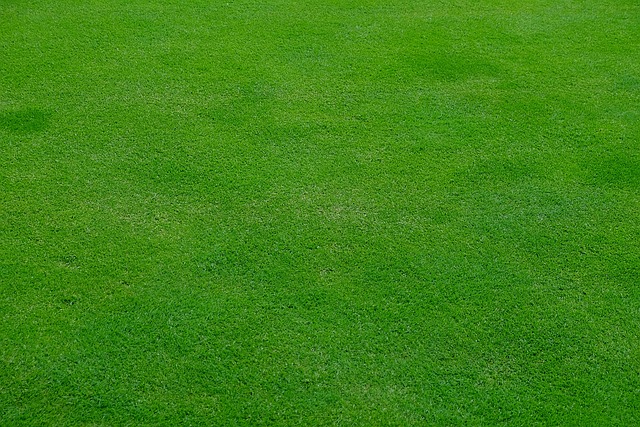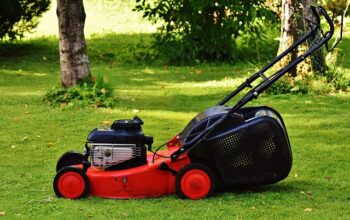Tree trimming and pruning are essential practices in Lawn Care and Landscaping that boost tree health, prevent pest infestations, and enhance outdoor aesthetics. While homeowners can handle basic tasks, complex procedures like deadwood removal or dense canopy management should be left to professional arborists who possess specialized knowledge and tools, ensuring safe and healthy trees while improving property safety during adverse weather conditions. Utilizing Lawn Care and Landscaping services leverages expert care for optimal tree health and enhanced outdoor spaces.
Tree trimming and pruning are essential practices for maintaining healthy and vibrant landscapes. This article explores the art of caring for trees, offering insights into both professional services and DIY techniques. We’ll guide you through understanding the benefits of tree trimming, best practices for optimal growth, and when to hire experts for specialized care. Additionally, we provide practical tips for safe, effective DIY tree trimming, ensuring your lawn care and landscaping efforts flourish.
- Understanding Tree Trimming and Pruning: Benefits and Best Practices
- The Art of Professional Landscaping: When to Hire Experts for Tree Services
- Essential Tips for Safe and Effective DIY Tree Trimming at Home
Understanding Tree Trimming and Pruning: Benefits and Best Practices

Tree trimming and pruning are essential practices in lawn care and landscaping, offering numerous benefits for both the trees and your outdoor space. These techniques involve selectively removing dead, diseased, or excess branches from trees to promote healthy growth and maintain their overall structure. By understanding the best practices, homeowners can enhance the beauty and longevity of their trees while also improving the aesthetics of their property.
Regular trimming encourages proper airflow and sunlight penetration, which is vital for preventing pest infestations and reducing the risk of diseases. It helps shape the tree, ensuring it remains balanced and aesthetically pleasing. Pruning at the right time of year and using appropriate tools makes a significant difference in the tree’s recovery and growth. Proper techniques also allow for the removal of hazardous branches, enhancing safety around your property, especially during storms or strong winds.
The Art of Professional Landscaping: When to Hire Experts for Tree Services

In the realm of lawn care and landscaping, professional tree services play a pivotal role in enhancing outdoor spaces. The art of trimming and pruning is not merely about aesthetics; it’s a nuanced practice that requires expertise and knowledge to ensure the health and longevity of trees. Homeowners often grapple with when to seek expert assistance, especially with tasks that can be done themselves. However, certain scenarios demand the skills of certified arborists.
Regular tree maintenance, including trimming and pruning, is crucial for managing growth, improving a landscape’s overall appearance, and mitigating potential hazards. While many folks opt to trim small branches or shape hedges themselves, complex tasks like removing deadwood, thinning dense canopies, or tackling large trees should be left to professionals. Expert landscapers understand the unique needs of different tree species, employ specialized techniques, and use appropriate tools to safeguard both the trees and nearby structures during the process.
Essential Tips for Safe and Effective DIY Tree Trimming at Home

When taking on tree trimming and pruning as a DIY project at home, safety should always be your top priority. Before you begin, assess the size and condition of the trees you’ll be working with. For smaller, well-maintained trees, a pair of sharp pruners or secateurs can suffice. Ensure they are properly maintained and sharpened to make clean cuts. When dealing with larger branches or tall trees, invest in a sturdy ladder that reaches the desired height, and consider using protective gear like gloves and safety goggles.
Proper technique is key to effective tree care. Make sure you understand the best time of year to trim your specific tree species, as some prefer pruning in late winter while others are better served in summer. Always cut just outside the branch collar—the swollen area where a branch meets the trunk—to promote healing and prevent disease. Avoid leaving large branches hanging, as they can cause injury or property damage. For extensive work or trees with complex growth patterns, consider hiring a professional lawn care and landscaping service to ensure your safety and achieve optimal tree health.




